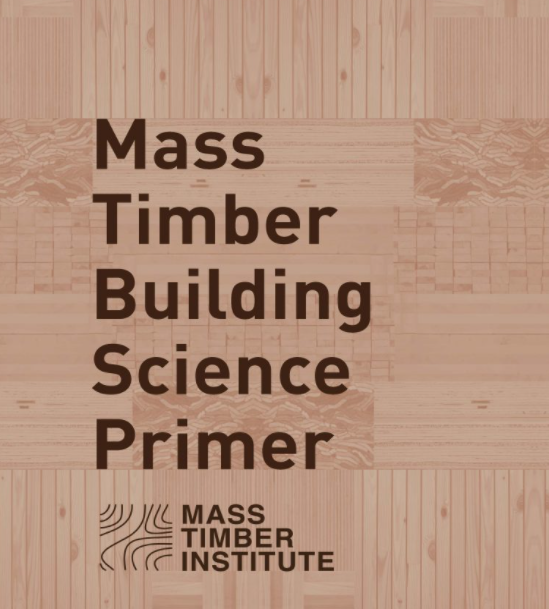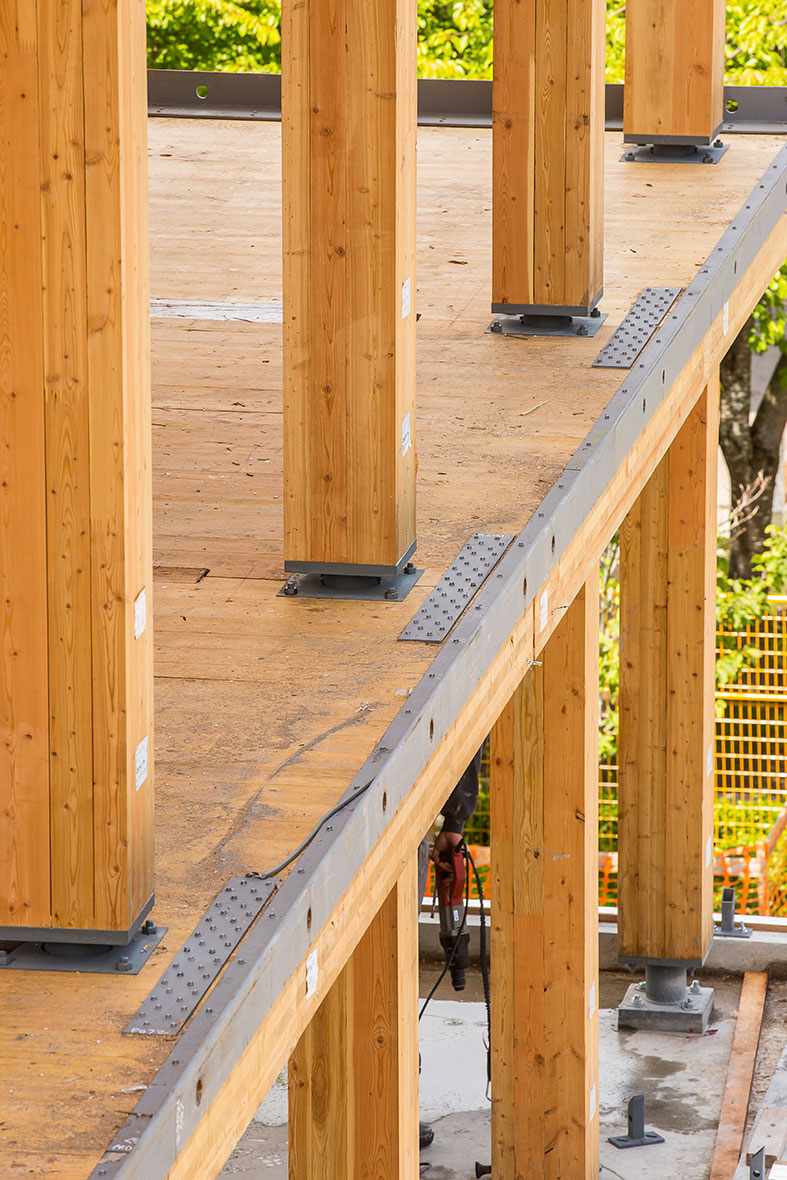Computer modelling helps designers understand building performance
With the increased demand for taller wood buildings as a low-carbon alternative, there is a greater need to better understand the building performance of wood structures. Computer modelling allows demonstration of the performance potential of timber structures regardless of whether prescriptive or performance-based design procedures are used.
Timber systems decoded
The modelling guide for timber structures, by FPInnovations, brings together the experience gained from recently built timber projects and the latest research development in the modelling of timber structures. The information presented in this guide is intended to assist practising engineers to apply computer modelling to timber structures, enrich researchers’ resources for advanced computer modelling of timber systems, and assist software companies in identifying knowledge gaps so that they may upgrade programs accordingly to accommodate the advanced computer modelling of timber structures.
The guide was developed in collaboration with 100 researchers and experts from around the globe who are well versed in computer modelling of timber structural engineering, progressive collapse, wind engineering, and earthquake engineering; practising engineers who have applied computer modelling to timber structures; manufacturers of timber products and connections; and structural analysis software developers with an interest in structural analysis of timber-based structural systems.
Topics include
- Key modelling principles.
- Methods, and techniques specific to timber structures.
- Modelling approaches and considerations for wood-based components.
- Connections and assemblies.
- Analytical approaches and considerations for timber structures during the progressive collapse, wind and earthquake events.
- The differences in the modelling approaches to timber, steel and concrete structures.




